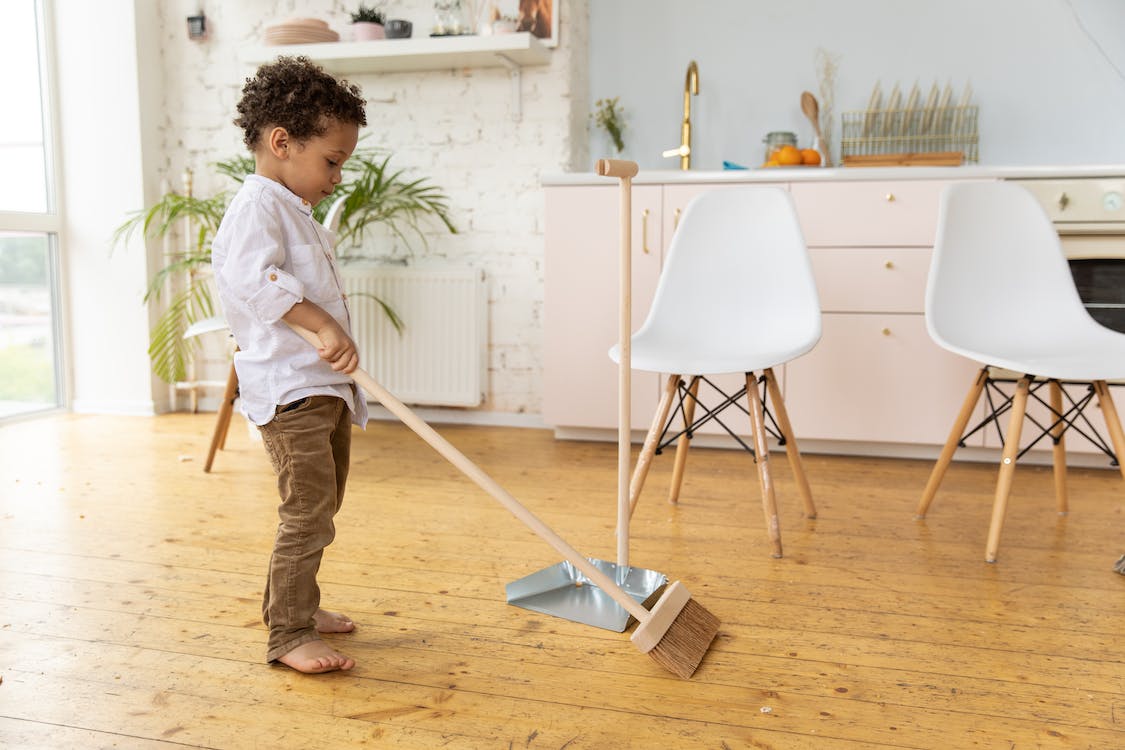
Spring Cleaning: Little Helpers Make a Big Difference!
Spring is here! Birds are chirping, flowers are blooming, and it’s the perfect time to freshen up our homes. But who says cleaning has to be a grown-up chore? Involving your little ones in spring cleaning can be a fun and rewarding experience for everyone. Not only will you get a helping hand (even if it’s a tiny one), but you’ll also be teaching valuable life skills and fostering a sense of accomplishment in your kids.
Why Involve Children in Spring Cleaning?
There are many reasons to get your kids involved in sprucing up the house. Here are a few:
- Teaches Responsibility: Giving your child age-appropriate tasks shows them that everyone contributes to keeping a clean home.
- Boosts Confidence: Completing a task, no matter how small, gives your child a sense of accomplishment.
- Quality Time Together: Cleaning can be fun for bonding with your child. Put on some music, sing along, and make it a game!
- Lifelong Skills: The earlier kids learn basic cleaning routines, the more positive habits they’ll form.
- Teaches Teamwork: Cleaning together shows your child the value of working together towards a common goal.
Spring Cleaning Tasks for Little Helpers
What can your little one do to help? Here are some ideas based on your child’s age:
Toddlers (1-3 years old):
- Sorting Toys: This is a simple yet valuable task. Provide two containers, one for toys to keep and one for toys to donate or put away. Let your child pick up each toy and decide where it goes.
- Wiping Down Cupboards: Give your child a damp washcloth and let them “help” you wipe down cupboard doors or low surfaces. They’ll love feeling like they’re contributing.
- Putting Away Laundry: Folding may be advanced, but toddlers can help match socks and put away clothes in drawers they can reach.
- Picking Up Books and Games: Let your child gather books, puzzles, or stuffed animals scattered around the living room. This will help tidy up the room and teach them about putting things back in their place.
Preschoolers (4-5 years old):
- Dusting (with a safe cloth): Give your child a microfiber cloth and let them “dust” furniture legs or picture frames. Supervise them to ensure they aren’t reaching for anything breakable.
- Sorting Recycling: Preschoolers can learn about recycling by sorting paper, plastic, and cans into separate bins.
- Planting Flowers: Spring is a great time to plant flowers or herbs. Get your child involved by letting them help you dig small holes, drop in the seeds, and water the plants.
- Decorating Plant Pots: Plain flower pots can be transformed into works of art. Provide paints, markers, or stickers, and let your child unleash their creativity on empty pots.
School-aged Children (6+):
- Making Beds: This is a simple chore even young children can master. Teach them how to make their bed neatly and give them a sense of responsibility for their own space.
- Cleaning Mirrors and Windows: Give your child a spray bottle filled with a safe cleaning solution (water and a little vinegar work well) and a cloth to wipe down mirrors and windows.
- Sweeping Floors: A kid-sized broom allows your child to help sweep up dust and crumbs from floors.
- Emptying Trash Cans: This is a quick and easy task for young children. Just make sure the trash can is light enough for them to carry safely.
- Organizing Shelves and Drawers: Let your child help you declutter shelves or organize drawers in their room or play area. This can be an excellent opportunity to teach them about sorting and categorizing items.
Advice for Parents
Here are a few things to keep in mind when involving your children in spring cleaning:
- Set Realistic Expectations: Don’t expect your child to clean like an adult. Focus on participation, not achieving perfection.
- Keep it Safe: Choose age-appropriate tasks and supervise your child closely, especially around cleaning products or tools.
- Break it Down: Large tasks can be overwhelming for little ones. Break down cleaning projects into smaller, more manageable steps.
- Positive Reinforcement: Praise your child’s efforts, no matter how small. Positive reinforcement will keep them motivated and wanting to help more.
- Beat the Clock: You can set a timer and see how quickly you can clean a specific area together.
- Lead by Example: Kids learn best by watching. Show your child that cleaning is a shared responsibility by participating alongside them.
- Celebrate Success: Once you’ve finished cleaning a room or area, take a moment to celebrate your accomplishment together. Have a snack break or read a book in the newly cleaned space.
Spring cleaning doesn’t have to be a chore. By involving your children in the process, you can turn it into a fun and rewarding learning experience for the whole family. With some creativity and a positive attitude, you can create a sparkling, clean home and teach your children valuable life skills.
Bonus Tip: Get crafty. Create a “cleaning chart” with your child. Use pictures or stickers to represent different tasks, and let your child proudly mark each completed chore.
For more information like this, please visit All My Children blogs.
By: Melissa A. Kay
